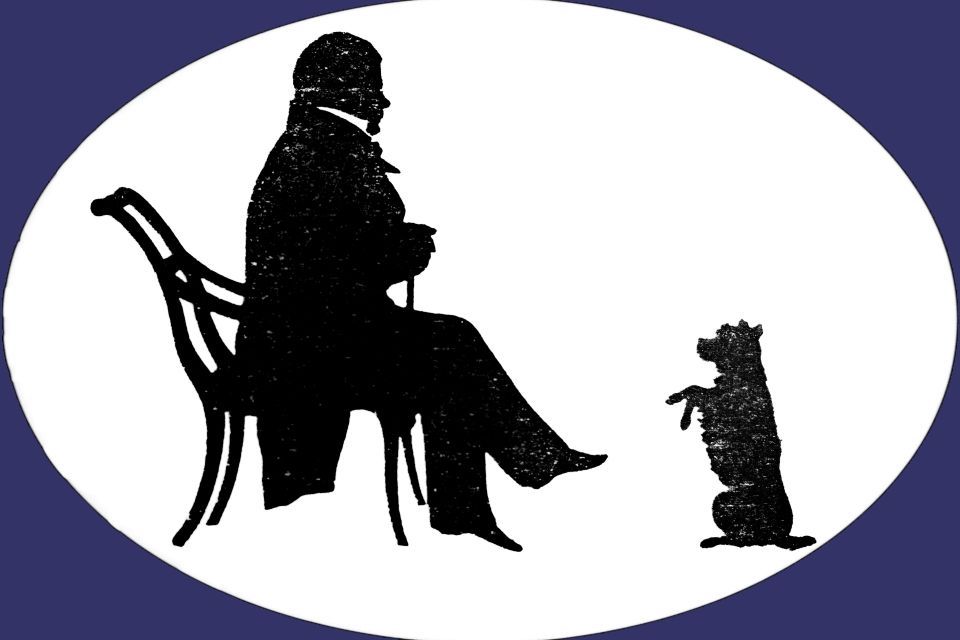Sir Walter Scott and his publisher Robert Cadell
Roddy Martine, Bryan Hickman and Jim Brown
Saturday 15th August 2015
Summary of the Talk:
Main Speakers: Roddy Martine, Bryan Hickman (Cockenzie House trustee), Jim Brown (Cadell family expert)
Key Themes and Summary:
Historical Background of Cockenzie House:
- Originally linked to the Seton family, who supported the Jacobites and lost their estates after the 1715 uprising.
- Purchased in 1736 by William Cadell, a manager for the York Buildings Company, and part of the Cadell family for nearly 200 years.
- The house was integral to the salt industry, an essential trade due to its role in preserving food.
- Salt and coal were stored and managed from the site, which had unique "clinker walls"—built from industrial waste, a rare architectural feature.
The Cadell Family:
- William Cadell was a pioneering industrialist involved in coal, paper, and ironworks. His descendants continued expanding the family’s enterprises.
- Francis Cadell helped open the Murray River to trade in Australia, bringing experience and even steam engines from Scotland.
- Robert Cadell, born in the house in 1788, became Sir Walter Scott’s trusted publisher.
Robert Cadell and Walter Scott:
- After the bankruptcy of Scott and his publisher Archibald Constable, Cadell helped salvage Scott’s finances through a new partnership.
- Cadell arranged the publication of Scott's novels in the Magnum Opus editions, acquiring copyrights and building a significant publishing business.
- He was instrumental in hiring J.M.W. Turner to illustrate Scott’s works—adding visual prestige and commercial value.
- Scott and Turner both visited Cockenzie House; Scott’s diary notes breakfasting there with Mrs. Cadell.
Turner, Illustration, and Legacy:
- The house features paintings by Andrew Brown, who retraced Turner’s steps in illustrating Scott’s Scotland.
- Cadell played a major role in the commemoration of Scott after his death, lobbying (unsuccessfully) for an obelisk instead of the famous gothic Scott Monument in Edinburgh.
Other Notable Residents and Anecdotes:
- Later family members included a Victoria Cross recipient and an early photography enthusiast whose glass negatives were rediscovered under floorboards in the 1970s.
- The house hosted plant hunter Sir Everard Im Thurn, linked to Conan Doyle’s The Lost World.
- A rare early steamboat photograph (the Tulliallan Castle) was also discovered on the site.
Recent Use and Conservation:
- The house became a nursing home in the 20th century, now operated by a local trust aiming to preserve its legacy with holiday cottages, a restaurant, and events.
- It's a popular spot for ghost hunters due to reports of paranormal activity.
Notable/Interesting Points:
- Scott's Trust in Cadell: Scott trusted Cadell enough to assign him the copyrights to his literary works—an extraordinary gesture that helped preserve Scott’s legacy and allowed the publication of affordable collected editions.
- Turner’s Visit: The presence of J.M.W. Turner at Cockenzie House to sketch for Scott's illustrations links two of the greatest names in 19th-century British culture.
- Literary Tourism Pioneer: Scott saw economic and cultural value in publishing historical fiction tied to Scottish landscapes, essentially creating early literary tourism.
- Photographic Time Capsule: The discovery of wrapped glass negatives beneath floorboards provides a rare visual insight into mid-19th-century domestic life.
- Historical Landscape Painting: A 1630s painting of Seton Palace, one of the earliest depictions of the Scottish landscape, shows the area from a historic viewpoint and is held in the National Portrait Gallery.


